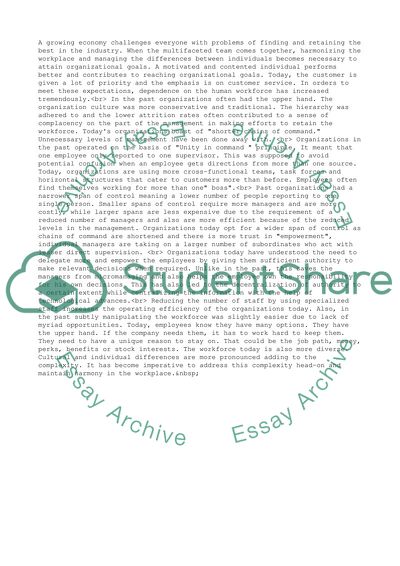Cite this document
(“Managing the difference between individuals is more relevant to Essay”, n.d.)
Managing the difference between individuals is more relevant to Essay. Retrieved from https://studentshare.org/business/1526988-managing-the-difference-between-individuals-is-more-relevant-to-todays-organisations-than-ever-before
Managing the difference between individuals is more relevant to Essay. Retrieved from https://studentshare.org/business/1526988-managing-the-difference-between-individuals-is-more-relevant-to-todays-organisations-than-ever-before
(Managing the Difference Between Individuals Is More Relevant to Essay)
Managing the Difference Between Individuals Is More Relevant to Essay. https://studentshare.org/business/1526988-managing-the-difference-between-individuals-is-more-relevant-to-todays-organisations-than-ever-before.
Managing the Difference Between Individuals Is More Relevant to Essay. https://studentshare.org/business/1526988-managing-the-difference-between-individuals-is-more-relevant-to-todays-organisations-than-ever-before.
“Managing the Difference Between Individuals Is More Relevant to Essay”, n.d. https://studentshare.org/business/1526988-managing-the-difference-between-individuals-is-more-relevant-to-todays-organisations-than-ever-before.


